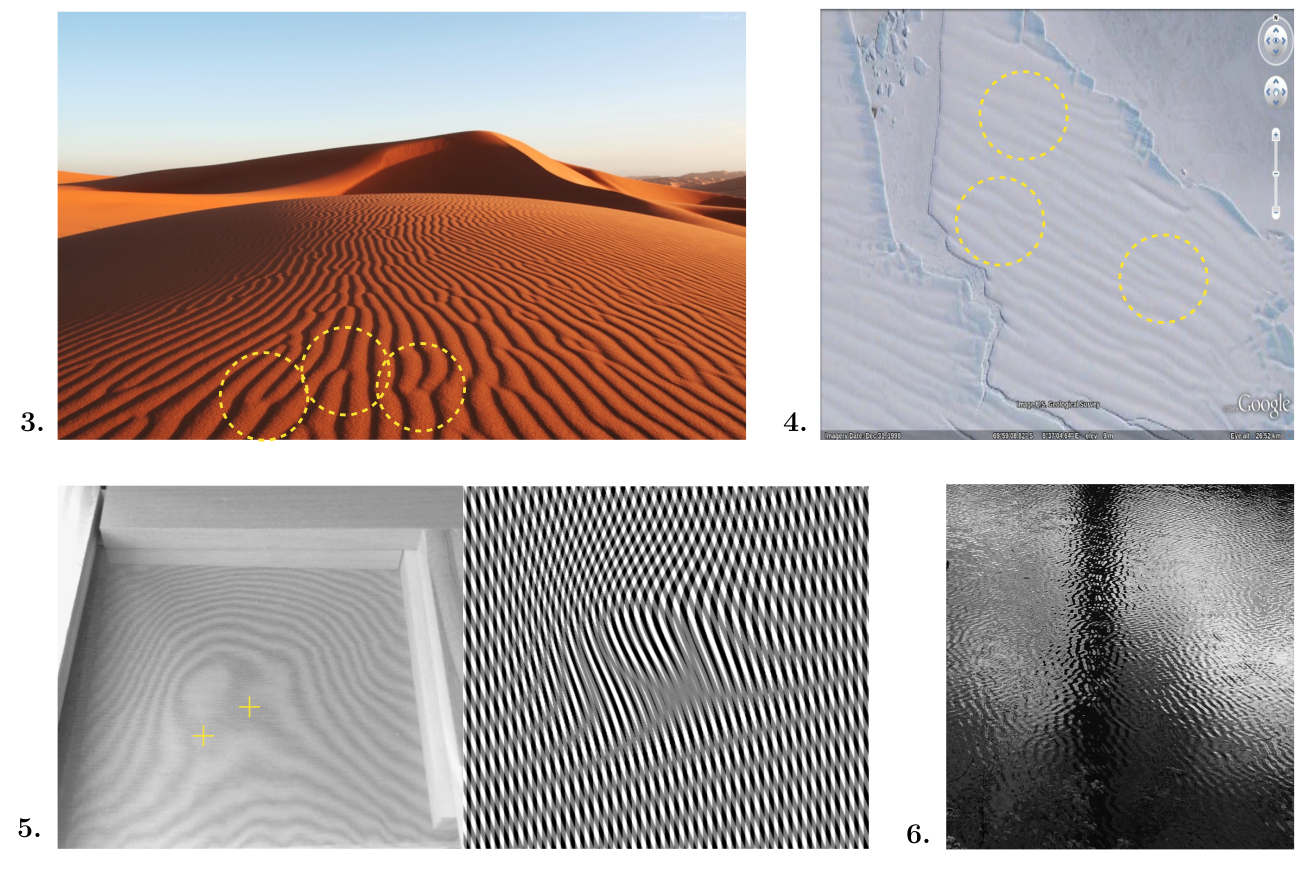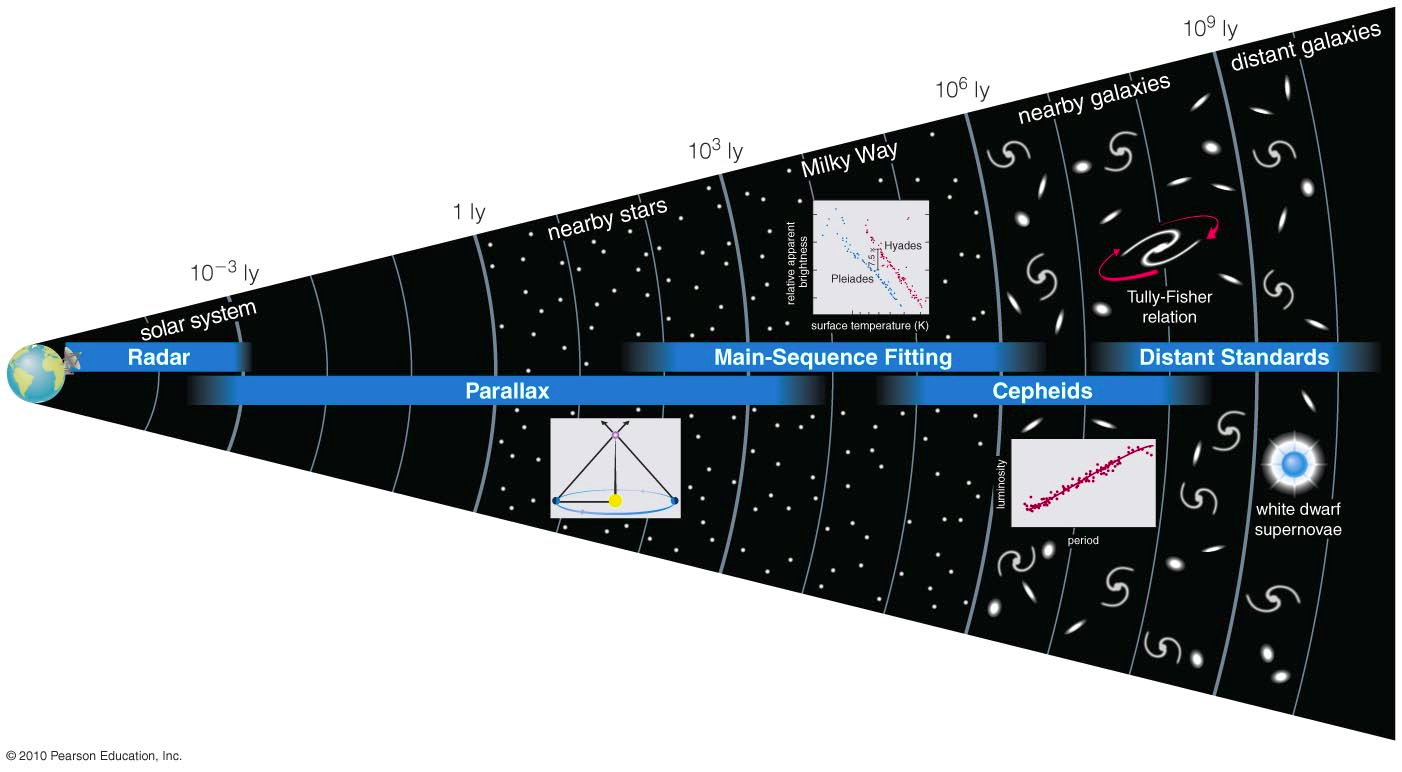Gamma-ray astronomy and the challenges of standard Galactic cosmic-ray models & Observational probes of the matter-antimatter asymmetry in the Universe
le 13 septembre 2024, 10h45 à 12h45, Luigi Tibaldo, salle 225-226, IRAP, site Roche
Resumé: Cosmic rays are energetic particles first observed around the Earth with energies ranging from MeV to above 10^20 eV and with approximately isotropic arrival directions. A most remarkable change of the cosmic-ray spectrum occurs around 10^15 eV. Below this energy, the standard paradigm holding since the sixties assumes that the particles originate in the Milky Way, very likely from shock acceleration in supernova remnants, and diffuse on turbulent magnetic fields in a kpc-sized halo encompassing the disk of the Galaxy for several Myr. However, several recent measurements of exquisite precision challenge these standard Galactic cosmic-ray models. In this seminar I will give an overview of the research in the field and focus on two pressing questions from the perspective of observations in the gamma-ray band. Are supernova remnants the only or main sources of Galactic cosmic rays? Are discrepancies between observations and predictions from standard transport models due to missing details or do they require fundamental paradigm changes?
&
The fundamental laws of physics known to date suggest that equal amounts of matter and antimatter should have been produced, and annihilated, during the Big Bang. Yet, cosmic-ray measurements and gamma-ray observations show that antimatter is present at most in tiny traces is the Solar System and Milky Way neighbourhood. Furthermore the cosmic gamma-ray and microwave backgrounds and the abundances of light elements from Big-Bang nucleosynthesis testify that a perfect symmetry between matter and antimatter is ruled out at the scale of the entire Universe. In this seminar I will provide a review on the observations that characterise the matter-antimatter asymmetry in the Universe and I will discuss some theories that try to explain it. I will then conclude by presenting some recent observational results that may indicate cracks in the current paradigm that the Universe has been free of antimatter domains since its early phases.






